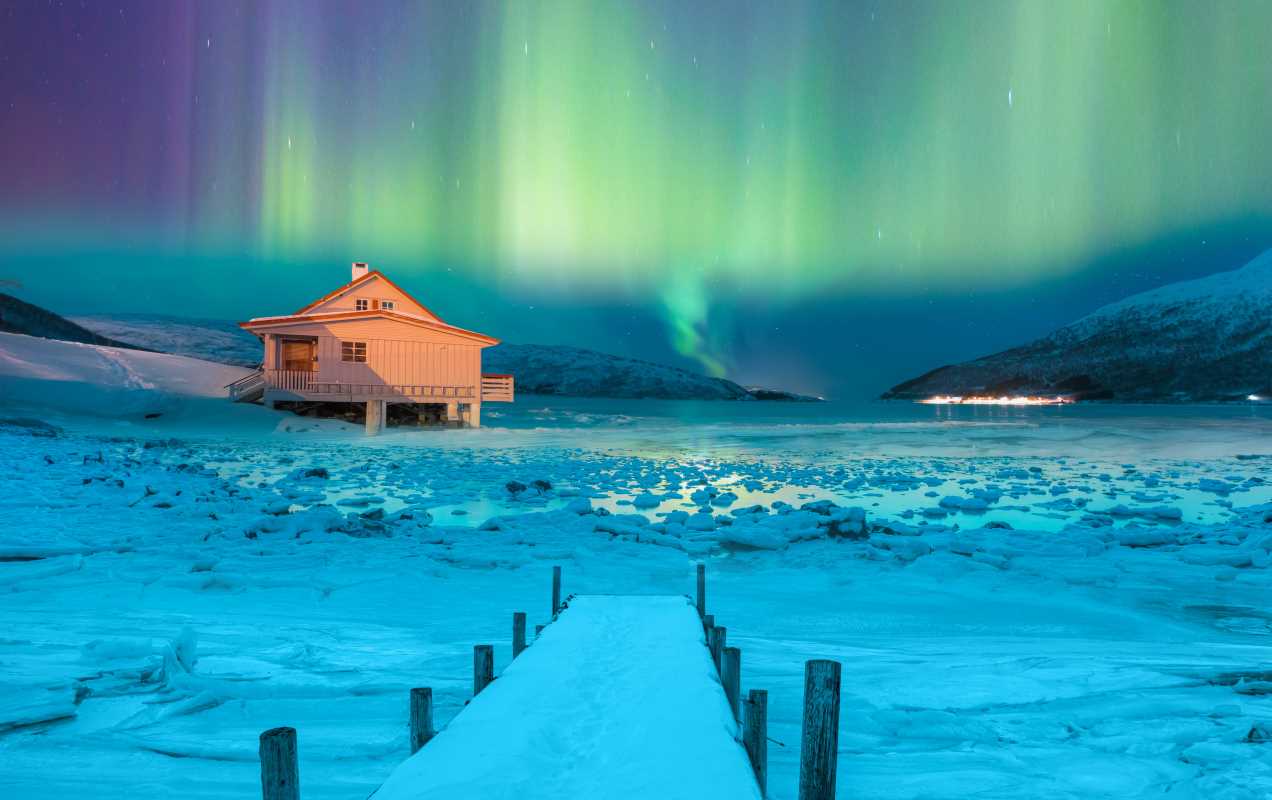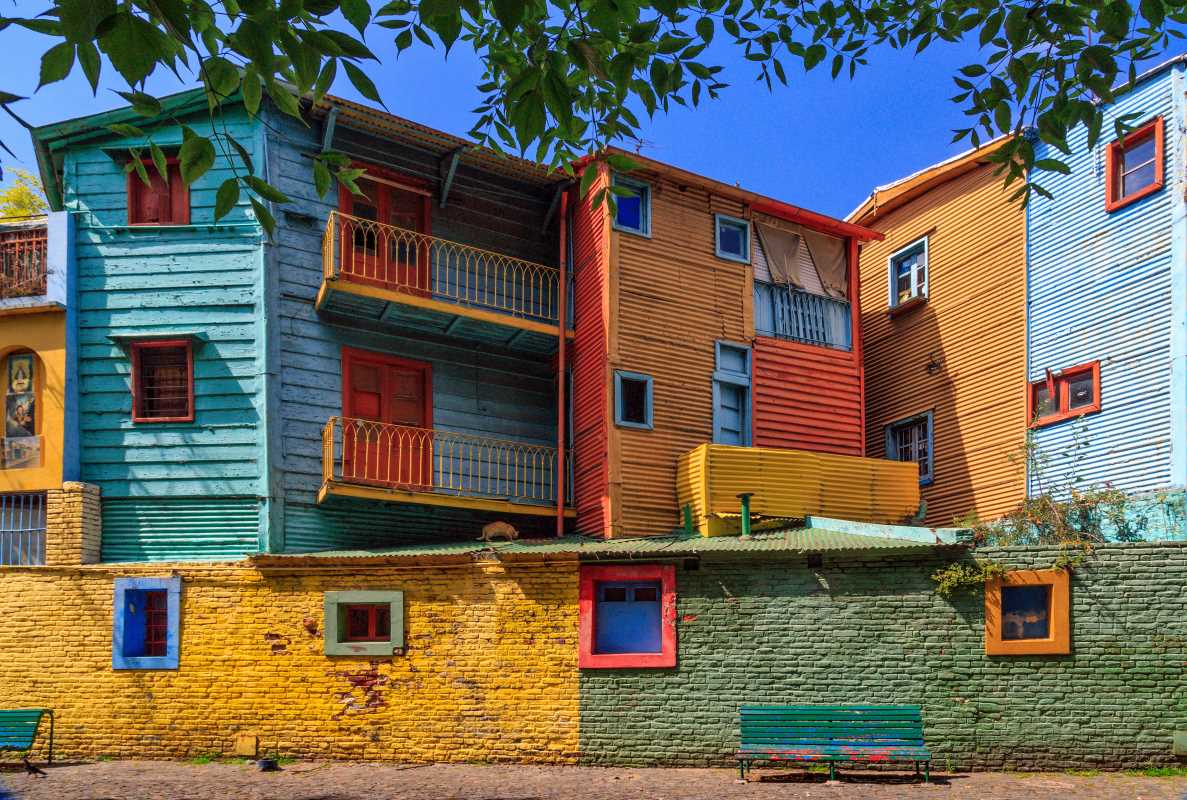There’s something awe-inspiring about standing in a place that has witnessed centuries of history. From ancient ruins to breathtaking natural wonders, World Heritage Sites are like cultural and environmental time capsules. They tell stories of human achievement, rich traditions, and the incredible beauty of our planet. But what exactly are these sites, and why do they matter? Whether you’ve heard the term before or are curious to learn more, this guide will take you through everything you need to know about World Heritage Sites—from their significance to how you can explore them responsibly.
What Are World Heritage Sites?
World Heritage Sites are landmarks or areas recognized by the United Nations Educational, Scientific and Cultural Organization (UNESCO) for their cultural, historical, scientific, or natural importance. These sites hold a unique value, not just for the country they’re in but for humanity as a whole.
The concept of World Heritage Sites was created in 1972 when UNESCO adopted the World Heritage Convention. The goal was simple yet ambitious: to identify and protect places so special that they must be preserved for future generations to enjoy and learn from.
World Heritage Sites fall into three categories:
- Cultural Sites: These are man-made structures like temples, castles, and cities that reflect human creativity, history, or religious significance.
- Natural Sites: These include mountains, rivers, forests, and other natural landscapes known for their beauty, biodiversity, or geological importance.
- Mixed Sites: Some sites are recognized for both cultural and natural value, like Machu Picchu in Peru, which blends stunning architecture with its incredible mountain setting.
Why Are World Heritage Sites Important?
World Heritage Sites aren’t just Instagram-worthy destinations. They play important roles in preserving the world’s heritage, fostering cultural understanding, and inspiring environmental conservation.
1. Preserving History and Culture
World Heritage Sites provide a bridge to the past. They preserve ancient cities, monuments, and traditions, giving us a tangible connection to human history. For example, the Great Wall of China tells a story of military strategy, while Italy’s Pompeii offers insight into life during ancient Roman times.
2. Celebrating Diversity
These sites showcase the rich variety of human cultures and natural landscapes. From sacred temples in Asia to dramatic fjords in Norway, they remind us of how beautifully diverse our planet is.
3. Protecting the Environment
Natural World Heritage Sites are vital for conservation. They protect habitats for endangered species, preserve unique ecosystems, and play a part in fighting climate change. For example, Australia’s Great Barrier Reef is a World Heritage Site recognized for its biodiversity.
4. Boosting Tourism and Economy
World Heritage status often turns sites into major tourist attractions, benefiting local economies. However, tourism must be carefully managed to ensure that the influx of visitors doesn’t damage the very sites they come to admire.
How Are Sites Selected?
Not every impressive landmark makes it onto the World Heritage list. The process is detailed and selective to ensure that only the most deserving places are recognized.
Step 1: Nomination
Countries create a list of potential sites, called the Tentative List. From this list, they nominate sites with detailed proposals outlining the site’s significance and how it will be protected.
Step 2: Evaluation
Once a site is nominated, experts from UNESCO and partner organizations visit and assess it. They look for factors like cultural value, uniqueness, and current conservation measures.
Step 3: Decision
The World Heritage Committee, made up of representatives from 21 countries, reviews the proposals and evaluations. They vote on whether to grant World Heritage status based on the site’s universal value and its protection plan.
Sites must meet one or more of UNESCO’s ten selection criteria, such as being a masterpiece of human creativity, an example of Earth’s geological history, or a significant natural habitat.
Notable World Heritage Sites
There are over 1,100 World Heritage Sites in the world, and each one has its own unique story. Here are a few iconic examples you might recognize or want to add to your travel bucket list.
1. The Pyramids of Giza, Egypt
Dating back more than 4,000 years, the Pyramids of Giza are an enduring symbol of ancient engineering and culture. Recognized as one of the Seven Wonders of the Ancient World, these monumental tombs were built to honor Egyptian pharaohs.
2. Yellowstone National Park, USA
Yellowstone is not only America’s first national park but also one of the world’s most famous natural heritage sites. Renowned for its geysers, hot springs, and diverse wildlife, it’s a must-visit for nature lovers.
3. Taj Mahal, India
This iconic white marble mausoleum, built in the 17th century, symbolizes love and beauty. It’s a masterpiece of architecture and one of the most photographed landmarks globally.
4. Galápagos Islands, Ecuador
Famous for inspiring Charles Darwin’s theory of evolution, the Galápagos Islands are home to unique species like giant tortoises and marine iguanas. They’re a haven for wildlife enthusiasts.
5. Angkor Wat, Cambodia
Angkor Wat is the largest religious monument in the world and a stunning example of Khmer architecture. Originally a Hindu temple, it later became a Buddhist site and remains a place of worship to this day.
Visiting World Heritage Sites Responsibly
World Heritage Sites belong to everyone, which means we all share a responsibility to protect them. Whether you’re planning a visit or simply learning about them from afar, there are steps you can take to ensure these sites remain preserved for future generations.
1. Follow Local Guidelines
Every site has rules designed to protect it, from staying on marked paths to not littering. Respect these guidelines, as they’re essential for conservation.
2. Avoid Over-Tourism
Popular sites like the Eiffel Tower or Machu Picchu often struggle with overcrowding. Consider visiting during off-peak seasons or choosing lesser-known sites to help reduce the strain on iconic locations.
3. Leave No Trace
Don’t take souvenirs like rocks, plants, or pieces of ruins. These small actions can add up to significant damage over time. Always leave the site as you found it.
4. Support Local Communities
Buy from local vendors, use local tour guides, and stay in nearby accommodations. This not only boosts local economies but also ensures that the people living near these sites benefit from tourism.
5. Educate Yourself
Learning about a site’s history, cultural significance, and environmental importance enriches your visit and deepens your appreciation. Take guided tours, read books, or visit the UNESCO website for insights.
 (Image via
(Image via





